The Second Industrial Revolution
Monday, 04.09.2006.
14:29

The Second Industrial Revolution
When in front of us factories are built, in which robots work and people supervise, when information travels thousands of kilometers per second, when you can talk anywhere on the planet with anyone any time of the day, you can cover longer distances in less time, it is very hard to imagine how people lived only 150 years ago without the electricity, with manual tools as basic work equipment and human power as the moving force.
When James Watt (1736-1819) patented steam engine at the end of the 18th century, the primitive means of production was greatly improved. Steam engine set other machines in motion and enabled greater productivity, but also a spatial concentration of machines within a factory and the concentration of factories themselves. The first steam locomotives and railway transportation were developed as well.
Still, the new wave of inventions labeled Second Industrial Revolution (1871-1914) is considered as a particularly significant period for the development of human society.
“We consider the industrial revolution such quantitative change of the work equipment and raw material processing enabling and causing a radical change of the entire human productivity, relationship between people in production activities and the entirety of social relations.”

However, the principal mainspring of the Second Technological Revolution is the introduction of alternating electric power, which profusely changed the manner of production. We owe greatest gratitude for it to Nikola Tesla and his inventions. This type of energy offered a special contribution to the development of human society and advantages it brought with it. Tesla’s invention was not accepted at first, especially because of the propaganda spread by Edison.
Nevertheless, when Tesla succeeded for the first time in applying his inventions, alternating electric current became the primary source of energy. Almost all the shortcomings of the direct current were solved with it. Current could be transported to greater distances without significant losses, decreasing the cost and increasing the scope of production. Factories did not have to be constructed close to plants anymore, but close to the main sources of raw materials and work force instead. New York was then lighted for the first time with alternating current, and a city transportation system was initiated.
Due to many conveniences it brings, alternating current causes general progress and usage in almost all activities. “Only from time to time great discoveries are made, i.e. the kind of inventions that begin new waves in the process of innovation amassment…” (Economics of Yugoslavia – Dr. Stevan Devetakovic).
A lot of metals and alloys from which cables and conductors are made were needed for the production of the electric current transport system, so metal industry developed in particular, also due to the increased production of new engines for running industrial machines.
Beside alternating electric current, also gas and diesel engines, oil and telecommunications industry, use of telephones and radio, chemical industry are developed fast. The development of transcontinental transport networks provided the transport of new technological innovations to Europe and the connecting of the continents.
Thanks to these new circumstances, the role of man is directed from the simple exploitation of human power to regulation and management of production processes. The development of education system and instruction of experts in the field of electrical and mechanical engineering occurred as well, which brought about even greater productivity and it increased the production even further. All this resulted in mass production of consumer goods (production of food, drinks and clothes), the development of transport and the means of transportation.

Even though we are in the modern period, electric energy remains a significant source of energy in industry and our everyday life. An adequate replacement for it has not been found yet; moreover, it is being implemented in the field where fossil fuels have always had primacy. It is most likely that, because of its conveniences, it will remain energy we will not be able to function without for a long time to come.






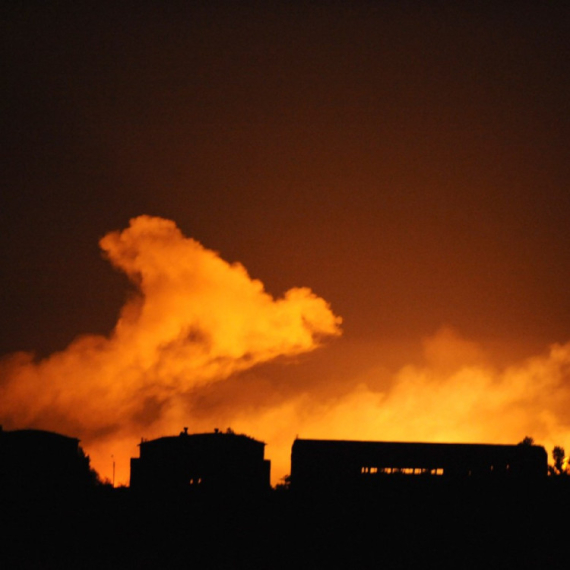







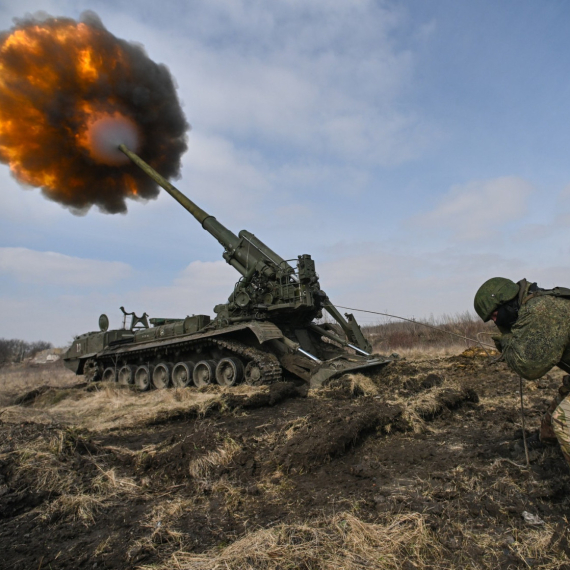




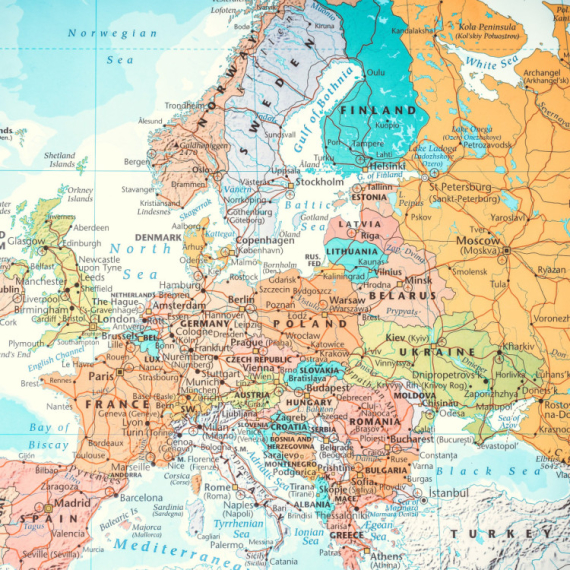






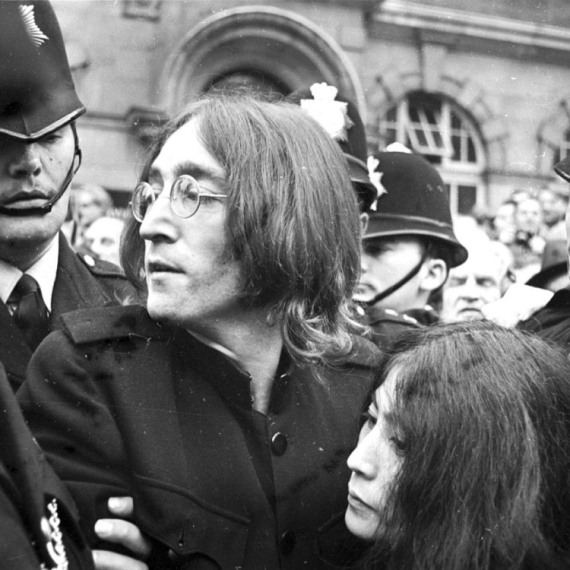

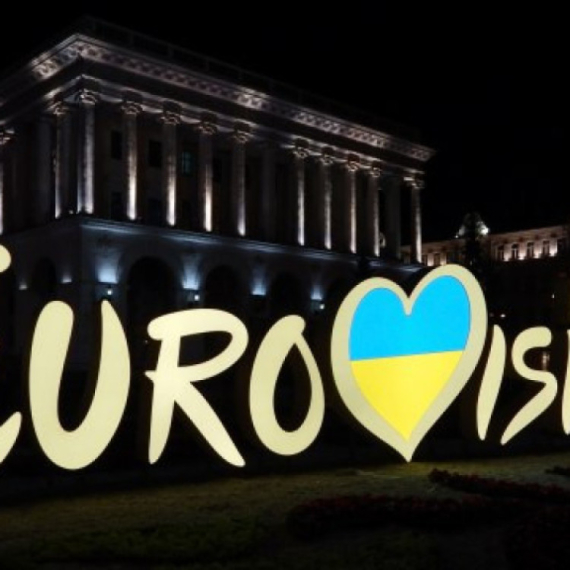








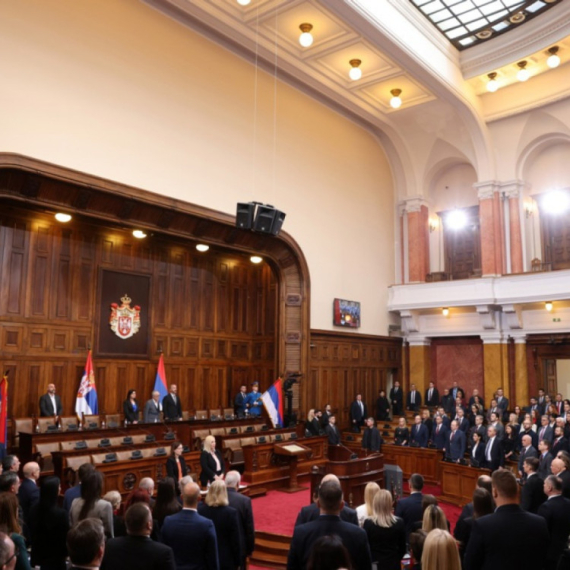

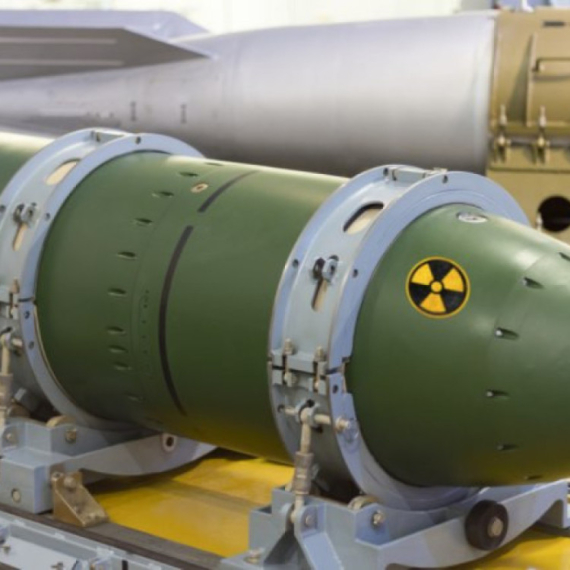



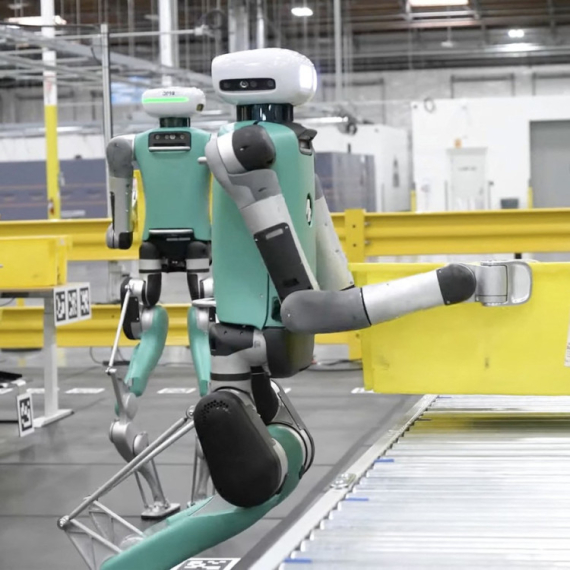




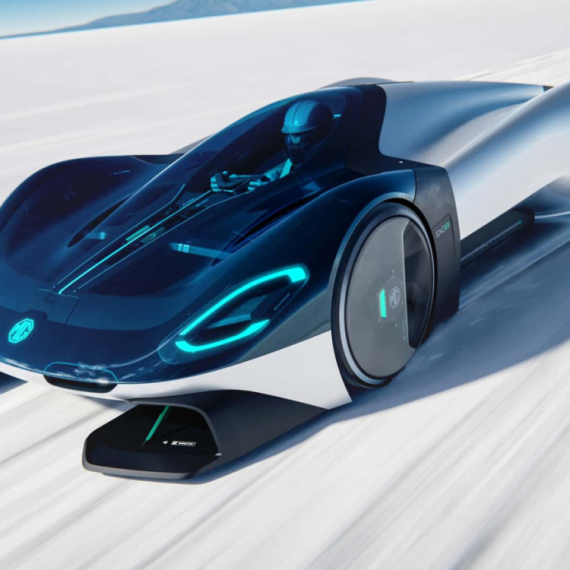




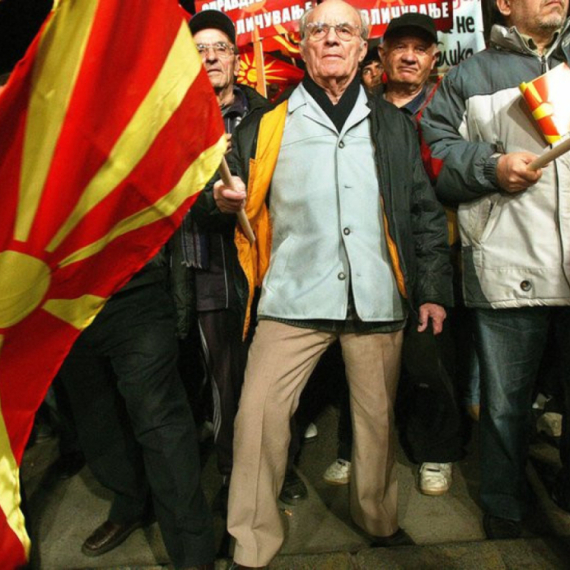
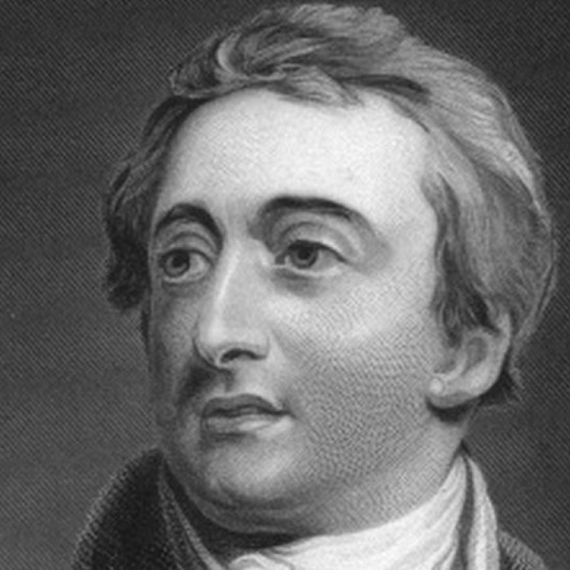


Komentari 2
Pogledaj komentare